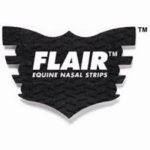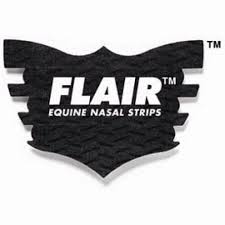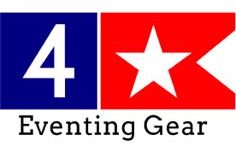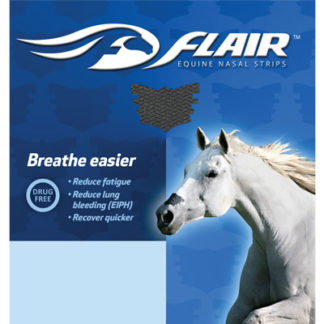Flair Equine

Flair Equine Nasal Strips
A team of veterinarians pondered in the mid 90s if it was possible to improve air flow in a horse using a similar product as the BreatheRight strips used by humans. The traditional research done on the horses nasal passages didn’t give an answer. Fellow veterinarians scoffed at the idea that a horse nasal strip could prevent or reduce bleeding in the sport horse.
Over 10 years later and despite the obstacles, Flair was born to solve for both decreasing breathing resistance and reducing bleeding.
In that time, over 7 separate clinical studies were performed to prove the original hypotheses. Multiple US and international patents were issued to Flair supporting their discovery. Flair strips were introduced at the 1999 Breeders cup and the 2000 Olympics to optimize sport horse performance by protecting the lungs, reducing bleeding and upper airway resistance and therefore overall fatigue and recovery time.

Flair Equine Nasal Strips
A team of veterinarians pondered in the mid 90s if it was possible to improve air flow in a horse using a similar product as the BreatheRight strips used by humans. The traditional research done on the horses nasal passages didn’t give an answer. Fellow veterinarians scoffed at the idea that a horse nasal strip could prevent or reduce bleeding in the sport horse.
Over 10 years later and despite the obstacles, Flair was born to solve for both decreasing breathing resistance and reducing bleeding.
In that time, over 7 separate clinical studies were performed to prove the original hypotheses. Multiple US and international patents were issued to Flair supporting their discovery. Flair strips were introduced at the 1999 Breeders cup and the 2000 Olympics to optimize sport horse performance by protecting the lungs, reducing bleeding and upper airway resistance and therefore overall fatigue and recovery time.
Showing the single result
Showing the single result

